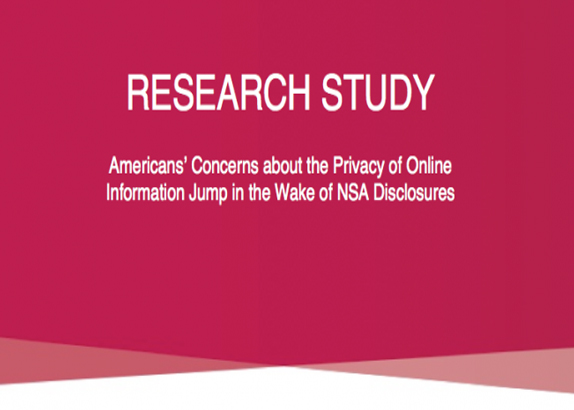Q2 through July 2013
In 2013, Annalect launched a longitudinal study to track the pulse of consumer awareness, understanding, sentiment, and response to online privacy. Q1 results shed light into the need for consumer control and education to help consumers feel more secure about their online privacy, and the unexpected similarities in response across age groups. The finding is particularly noteworthy for advertisers, as trusting Internet users are twice as likely to accept targeted ads compared to concerned Internet users. In addition, the Q1 results identified implications on how marketers approach digital advertising. With 61% of consumers stating that they typically do not download content that requires personal information, it is becoming more important for marketers to focus on the value-exchange of their digital and mobile advertising as consumers are increasingly aware and savvy about managing their online privacy.
The Q2 publication of Annalect’s Online Consumer Privacy Study was initially intended to extend on the first quarter’s findings; however, the early June news of the National Security Administration’s PRISM program (an attempt to track American’s online behavior) led this analysis down a more focused path. As such, this quarter’s report extends into July to capture an extended view into the impact of the story that unfolded throughout June. Three national online surveys were conducted from May – July 2013 with a combined sample of 2,100 adults, age 18+, who use the Internet at least once a month. Respondents were representative of the U.S. online population.

